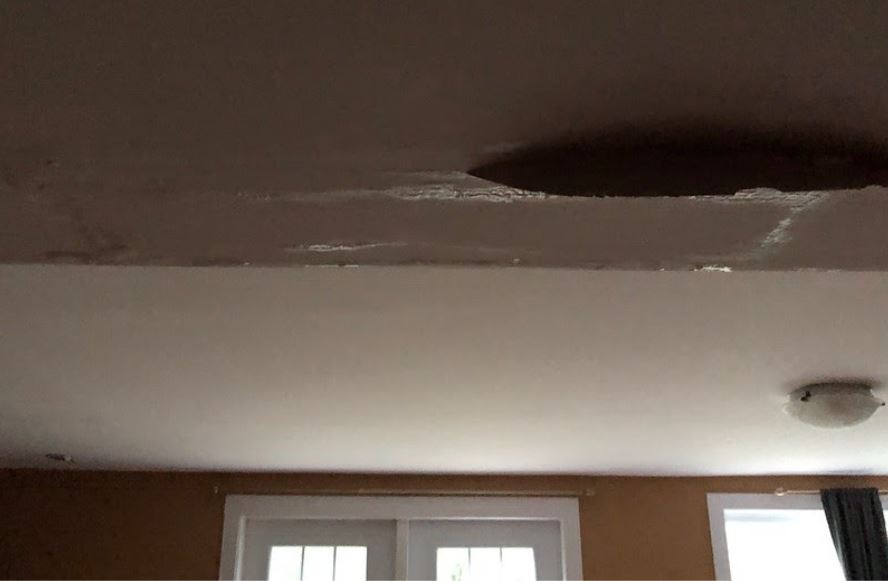The Residential Common Typical Factors of Water Leaks: Detailed Examination
The Residential Common Typical Factors of Water Leaks: Detailed Examination
Blog Article
We've encountered this post involving How to Find Water Leaks below on the web and concluded it made good sense to relate it with you on this page.

Leaks not only trigger waste of water yet can also trigger unnecessary damage to your house and promote unwanted natural growth. Unfortunately, water leaks could go unnoticed given that a lot of the pipework in our house is hidden. By comprehending and looking for day-to-day scenarios that create leaks, you can secure your residence from future leaks and also unnecessary damages. Today, we will check out six leak creates that may be triggering your pipes to leak.
Trespassing roots
Many water leaks start outside your house instead of inside it. If you observe an abrupt decline in water pressure, claim in your tap, take some time to head out and also analyze your backyard. You could notice wet patches or sinkholes in your yard, which might suggest that tree origins are getting into water lines creating water to seep out. You can have your plumber check for intrusion, particularly if you have trees or shrubs near your home.
Rusty water systems
This might be the reason of discoloration or warping on your water pipes. If our plumbing system is old, think about changing the pipes since they are at a greater risk of deterioration than the newer versions.
Faulty Pipeline Joints
The point at which your pipelines connect is often the weakest web link in the waterline. Pipe joints can degrade in time, leading to water leakages. Unfortunately, most of pipeline joints are not conveniently visible. If you have noisy pipes that make ticking or banging sounds, specifically when the warm water is activated, your pipeline joints are probably under a lot of pressure. It is recommended to have your plumber examine your system yearly.
Immediate temperature level adjustments.
Severe temperature level adjustments in our pipelines can cause them to expand as well as contract all of a sudden. This development and also contraction might cause fractures in the pipes, particularly if the temperature are below cold.
Poor Water Connectors
At times, a leak can be created by loose hose pipes as well as pipes that supply your devices. In instance of a water links leak, you might notice water running directly from the supply line or pools around your devices.
Clogged Drains
Blocked drains pipes may be annoying and inconveniencing, however they can sometimes wind up creating an overflow causing break pipes. Maintain eliminating any kind of products that might drop your drains pipes that can clog them to avoid such hassles.
All the above are sources of leaks yet not all water leakages result from plumbing leaks; some leaks could originate from roofing system leaks. All leakages should be fixed promptly to prevent water damage.
Leaks not only cause waste of water but can likewise create unnecessary damages to your home as well as advertise unwanted natural growth. By comprehending and looking for daily circumstances that trigger leaks, you can shield your residence from future leaks and unneeded damage. Today, we will certainly look at six leakage triggers that might be triggering your pipelines to trickle.
At times, a leakage can be triggered by loose tubes as well as pipelines that provide your devices. In instance of a water connections leakage, you might see water running straight from the supply line or puddles around your home appliances.
How To Check For Water Leak In Your Home
How To Check for Leaks
The average household's leaks can account for nearly 10,000 gallons of water wasted every year and ten percent of homes have leaks that waste 90 gallons or more per day. Common types of leaks found in the home are worn toilet flappers, dripping faucets, and other leaking valves. These types of leaks are often easy to fix, requiring only a few tools and hardware that can pay for themselves in water savings. Fixing easily corrected household water leaks can save homeowners about 10 percent on their water bills.
To check for leaks in your home, you first need to determine whether you're wasting water and then identify the source of the leak. Here are some tips for finding leaks:
Take a look at your water usage during a colder month, such as January or February. If a family of four exceeds 12,000 gallons per month, there are serious leaks.
Check your water meter before and after a two-hour period when no water is being used. If the meter changes at all, you probably have a leak.
Identify toilet leaks by placing a drop of food coloring in the toilet tank. If any color shows up in the bowl after 10 minutes, you have a leak. (Be sure to flush immediately after the experiment to avoid staining the tank.)
Examine faucet gaskets and pipe fittings for any water on the outside of the pipe to check for surface leaks.
Undetected water leaks can happen without the home or business owner even realizing. If you suspect a water leak, but not able to find the source. It is time to contact a professional water leak detection service, The Leak Doctor.
How To Find a Water Leak In Your Home
https://www.leakdoctor.com/blog/How-To-Check-For-Water-Leak-In-Your-Home_AE197.html

I have been very focused on How to Find Water Leaks and I really hope you enjoyed reading the entire post. Sharing is caring. You never know, you could be helping someone out. Kudos for your time. Kindly check up our blog back soon.
Expert consultation available. Report this page